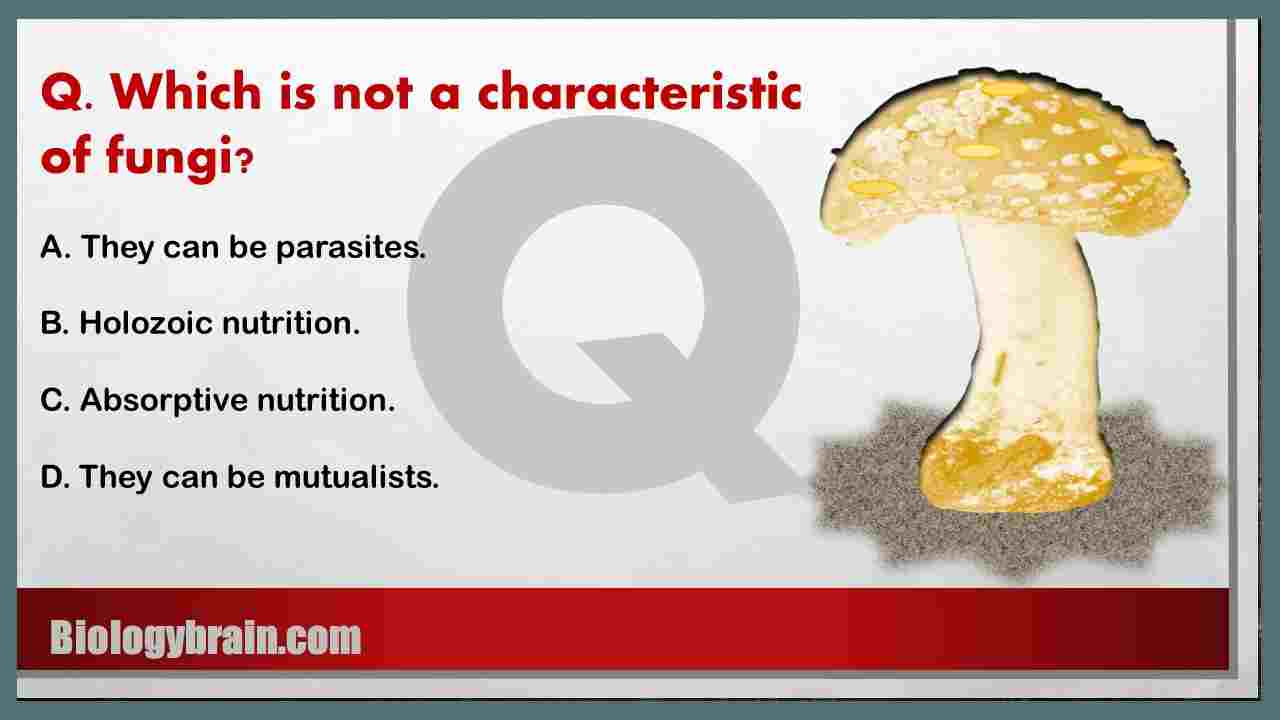Recently, several studies have found the direct interactions between helicase and topoisomerase. However, several variations were found in their mode of functions.
The major differences between helicase and topoisomerase
Helicase
Helicase is an unwinding enzyme, which cannot bind to a double helix but it can bind to a single-strand region of DNA double helix and moves 5′ to 3′ direction. It catalyzes the hydrolysis of ATP and uses this energy to separate two strands during replication. So helicase is a completely single-strand DNA binding enzyme.
Usually, helicase is a hexameric protein having a motor function to cause strand separation.
Each of the DNA strands, in its double helix form, has its own helicase enzyme so that when the helicase is carried out unwinding, then the two opposite moving replication forks will be generated.
In bacteria, DNA helicase combines with DNA primase to form a primosome complex, which is responsible for creating a short RNA primer (<15 nucleotides) on single-stranded DNA to elongate the DNA strand.
Topoisomerases
DNA topoisomerase has nuclease activity that breaks a phosphodiester bond in the DNA strand. This reaction is reversible; however, the phosphodiester bond reforms only when the enzyme dissociates from the DNA strand.
Based on their activity topoisomerases have been separated into two main types including type-I topoisomerases and type-II topoisomerases.
Type-I topoisomerases
It produces transient single-strand break by binding DNA and creates a break on one strand resulting in the formation of 5′- phosphotyrosine linkage. The break in the phosphodiester backbone allows the two sections of DNA helix on either side of nick to rotate freely related to each other, using the phosphodiester bond in the strand opposite the nick as a swivel point. Based on intermediate formation in their activity type-I topoisomerases are further divided into two subtypes. type-IA and type-1B topoisomerases. Type-IA topoisomerases can form a covalent intermediate with the 5′ end of DNA whereas the type-1B topoisomerase can form a covalent intermediate with the 3′ end of DNA. For their activity, Type-I topoisomerases will not use ATP molecules. They can create nicks in DNA and change the linking number by 1 unit.
Different types of reactions catalyzed by Type-I topoisomerases have been noticed.
They are given below:
1) Relaxation
2) Knotting/Unknotting
3) Catenation/decatenation
Type-II topoisomerases
It produces a transient double-strand in the helix and forms a covalent linkage to both the strands of the DNA helix at the same time. This enzyme has ATP hydrolysis activity. Once it binds to the crossing site then it uses ATP as an energy source to fulfill the following reactions.
- Reversibly first it breaks one helix to create a DNA gate.
- Then, it breaks the second helix to pass the initial break.
- Finally, it releases the breaks and dissociates from the DNA.
Different types of reactions catalyzed by type-II topoisomerases have been noticed.
They are given below:
1) Relaxation
2) Knotting/unknotting
3) Catenation/decatenation
The type-II topoisomerase also known as DNA gyrase which was described by Martin Gellert from E. coli. This enzyme can introduce the supercoils into DNA. For generating negative supercoil in DNA, that uses energy from ATP hydrolysis. Structurally, it is a tetramer of two different subunits such as GyrA and GyrB.
GyrA has the ability to cut and rejoin the DNA whereas GyrB is responsible for providing the energy for GyrA reaction using its ATP hydrolysis activity.
The highly potent antibacterials such as quinolone antibiotics (nalidixic acid) and fluoroquinolone antibiotics (ciprofloxacin and norfloxacin) can stop the replication by inhibiting the DNA gyrase (GyrA subunit) activity, which leads to the complete death of bacteria. Whereas aminocoumarin antibiotic (Novobiocin) inhibits gyrase ATPase activity by binding to GyrB protein and preventing it from binding to ATP.
Function of topoisomerase
Topoisomerase catalyzes one (or both) strands of the DNA and allows the free end (or ends) to rotate the helical axis and releases the break. These enzymes can change the linking number of DNA.
Type IA topoisomerases can change the topology of DNA by changing the linking number by one unit and type IB changes the linking number by an integer.
Type IIA and type IIB topoisomerase can change the topology of DNA by changing the linking number by two units.
Short notes on important features of topoisomerases
Type-I topoisomerases produce transient single-strand in the helix, whereas type-II topoisomerases produce transient double-strand.
Type-I topoisomerase does not use ATP molecule for its function but type-II topoisomerases use ATP molecule as an energy source to fulfill its function.
The topoisomerase can change the topology of DNA by changing the linking number.
All type-I topoisomerases cannot carry out the full range of activities. For instance, the type-I topoisomerase from E. coli can relax only negatively supercoiled DNA, whereas the same enzyme from calf thymus can relax both negatively and positively supercoiled DNA.
Type-IA topoisomerases create nicks in DNA and change the linking number by 1 unit.
Type-II A and type IIB topoisomerases create breaks in DNA and change the linking number by two units at a time.
Difference between helicase and topoisomerase (Helicase vs Topoisomerase)
1) Topoisomerases can change the linking number and it results in a change in the topological state of the DNA, whereas DNA helicase does not affect topological parameters.
2) Topoisomerases will not involve in strand separation whereas helicases cause unwinding of the DNA and that leads to strand separation.
3) Topoisomerases can bind to both single-strand and double-strand DNA molecules, whereas helicase can bind only to single-strand regions in the double-strand DNA molecules.
4) Topoisomerases may or may not use ATP for their function but helicases have hydrolysis activity and they require energy, so they use ATP for their activity.
5) Topoisomerases along with helicases play a major role in replication. In general, topoisomerases act downstream of the DNA helicase so that the positive supercoils generated by helicase can be removed by topoisomerases.
6) Topoisomerases are swivel proteins whereas helicases are motor proteins and acts on DNA.










